
08.26.2025
Tête-à-tête
An Instinctive Approach to Form and Material: A Conversation with Artist Hélène König
Tête-à-tête is a series where we invite extraordinary and inspiring creatives for an intimate conversation. We peek behind the curtains of their studios and delve into their creative process to uncover the stories that shape their art.
Guided by an instinctive approach to form and material, French-born artist Hélène König creates organic, sculptural works that capture nature’s quiet beauty.
With roots in fashion design, Hélène has evolved her practice into a compelling body of visual art. Her work is deeply personal — shaped by a lifelong search for inner calm and emotional balance. Through soft textures, organic forms, and meditative repetition, her pieces feel grounding and contemplative, blurring the line between object and artwork and offering quiet refuge in a relentless world.
Committed to minimal environmental impact, Hélène draws inspiration from nature, creating works that reflect her inner landscape while celebrating its subtle beauty and imperfection.
__
You describe your work as sitting between sculpture and everyday objects. How do you find that balance when creating?
Creating peaceful spaces has always been at the heart of my practice. I began with a desire to make pieces for my own home as a way to infuse harmony into my personal space and retreat from the pressures of daily life. As I kept experimenting, the process slowly evolved into a vocation where I purposely mix art, furniture and everyday objects. I now approach each piece with the intention of helping others create their own space for mental respite — something grounding, purposeful, and soothing.
Nature and the idea of transformation seem central to your pieces. What feelings or ideas do you find yourself returning to often?
The organic beauty of nature is central to my practice, as is the reflection on the polarities that define the world we live in. But at its core, it’s intimate and meditative. Making art is a form of refuge, a place I return to for rest and quietude. I build slowly, layer by layer, allowing form to emerge in its own time. Presence, patience, and repetition are integral. There’s no rush... only a commitment to depth and the quiet unfolding of the process.
Can you share a glimpse into a typical day in your studio — or is every day different?
My studio days tend to follow creative rhythms rather than a fixed routine. Some weeks I fully immerse myself in artworks; others I focus on the development of a new furniture piece. Often I’ll flow between projects in a single day, letting instinct take over. I try to give myself the freedom to follow where the energy is. It’s indulgent at times, but also necessary for maintaining a sense of joy and authenticity in the process.
"Making art is a form of refuge, a place I return to for rest and quietude. I build slowly, layer by layer, allowing form to emerge in its own time. Presence, patience, and repetition are integral. There’s no rush... only a commitment to depth and the quiet unfolding of the process."
Your ceramics feel both raw and refined. How do materials and texture shape your process?
Texture is central to everything I make. I want my pieces to feel raw, yet soft. Grounded but elevated. Earlier this year, I realised I had been smoothing everything too much in an attempt to create purity, and it started to feel off. I eventually understood I was missing the rawness — the unevenness and subtle imperfections that make a piece feel alive. I had to reassess my entire process to ensure I don’t miss that balance between refinement and irregularity, which is where I find the most beauty.
Has your background in fashion influenced the way you now approach your work?
Absolutely. Fashion taught me a lot, especially about pace and sustainability. Working in that world opened my eyes to the relentless pressure for speed, productivity, and constant output — often at the expense of meaning and care. My art practice is a direct rebellion against that. It’s slow, deliberate, rooted in time and patience. I’ve also carried through a commitment to sustainability, repurposing materials and staying conscious of how and why I create.
Do you start with a clear idea, or do your pieces tend to evolve as you go?
Both. Some ideas come through clearly and translate quite effortlessly. But often, the process is much more winding, full of surprises that force me to shift and reassess. I’m now better at navigating the feeling of being lost in art, and I’ve learned to welcome both paths — trusting that each piece will find its form in its own way.





What do you hope people feel when they live with one of your works?
A sense of peace... the same kind I experience when creating them. I hope my pieces offer a quiet moment of stillness or a subtle reminder to slow down and reconnect.
‘Tigmi’ means home in Berber — what does home mean to you?
To me, home is balance. It’s a space to return to, to re-center, and to feel safe. It holds the quiet rituals that ground me. It is a place of calm in a world that often moves too fast.
And lastly, what’s inspiring you right now — a place, a person, a moment, a song?
I’m constantly inspired by the waves of personal evolution and how they mirror what’s happening in the world at large. My next body of work, Duality, echoes the introspection I’ve moved through this past year. In the same way, my first collection, Surrender, reflected the emotional landscape I was navigating at the time. Each series becomes a timestamp of a personal and collective response to a specific moment in time.

_______


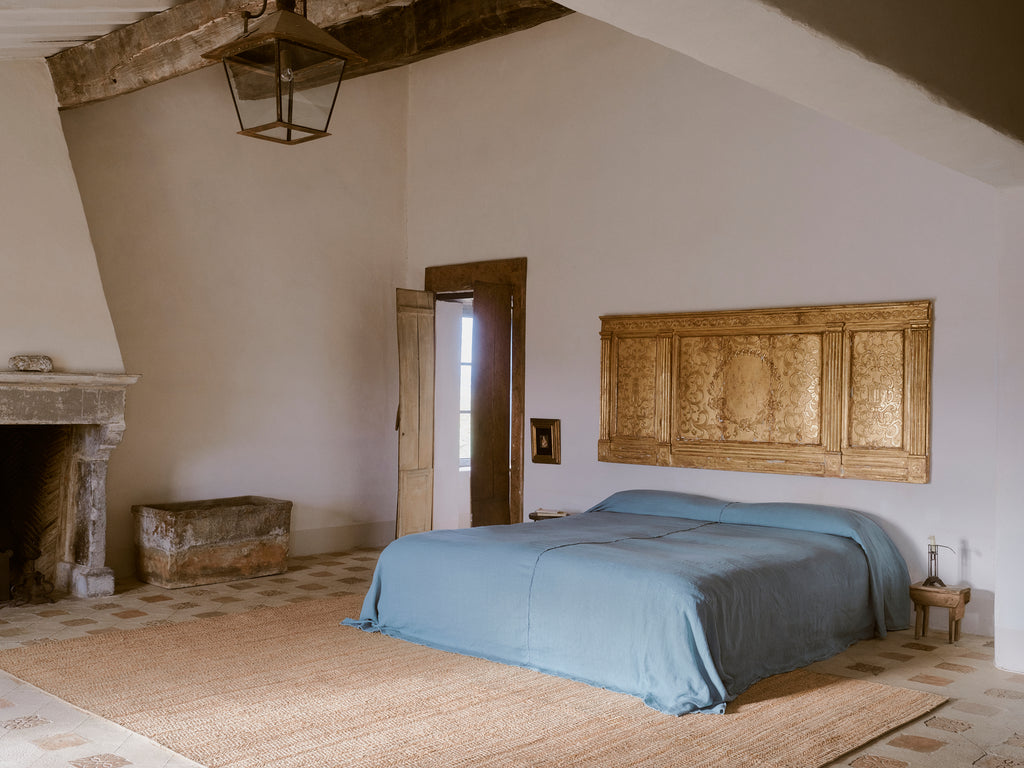
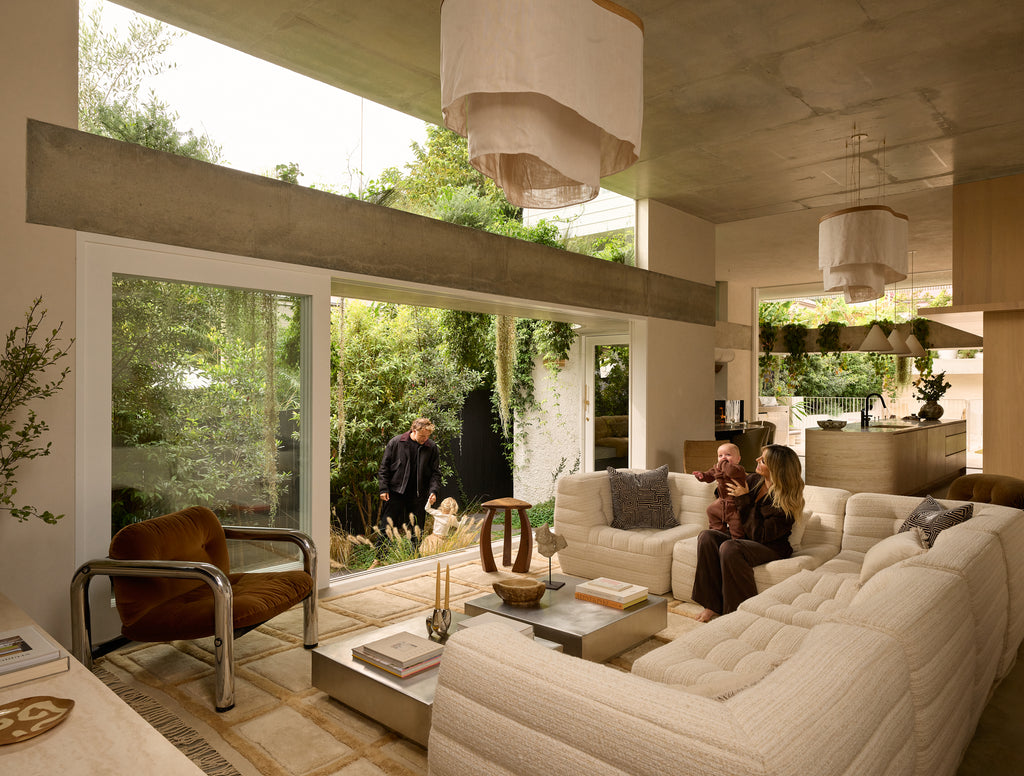
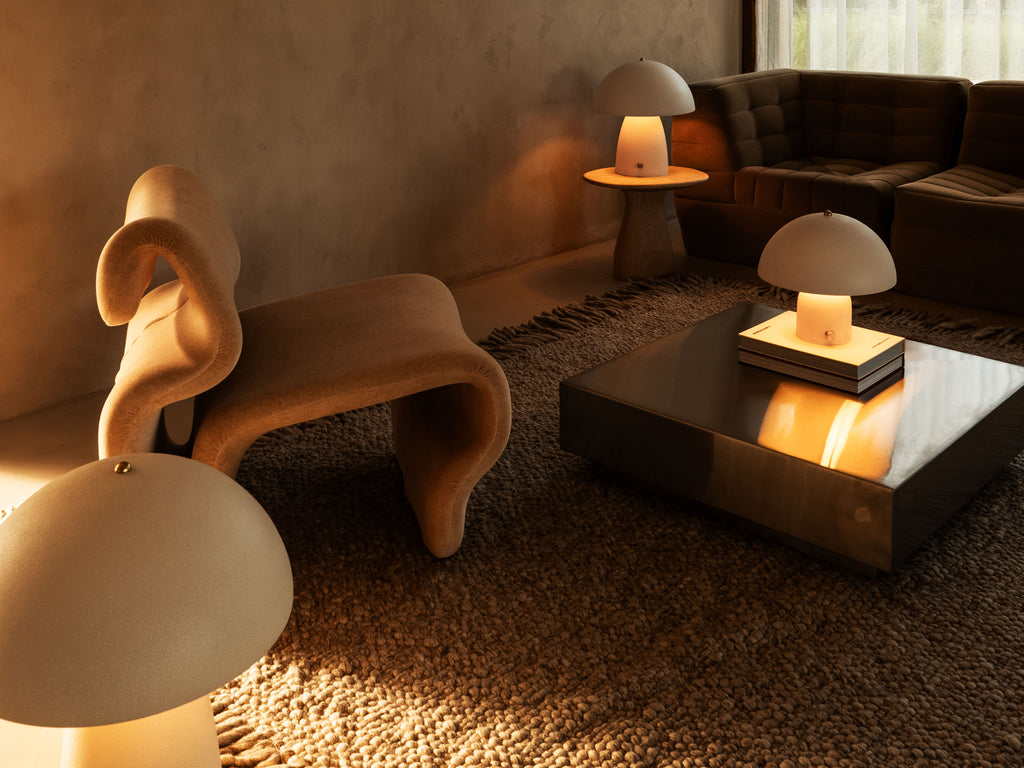
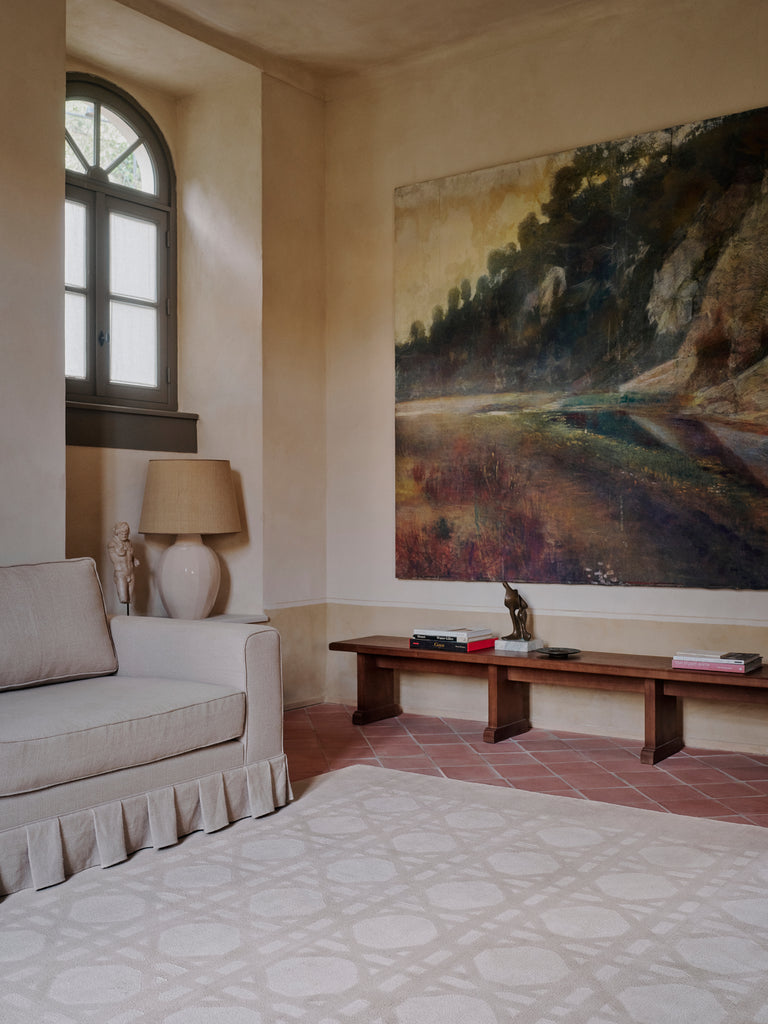
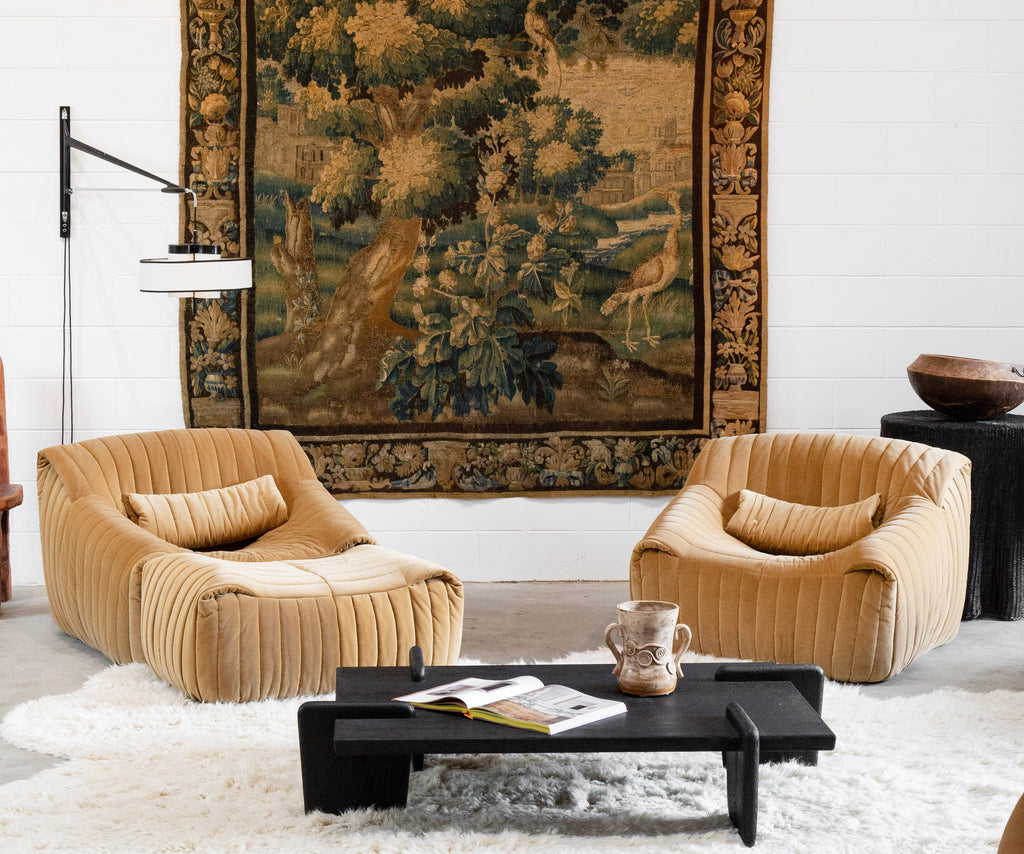
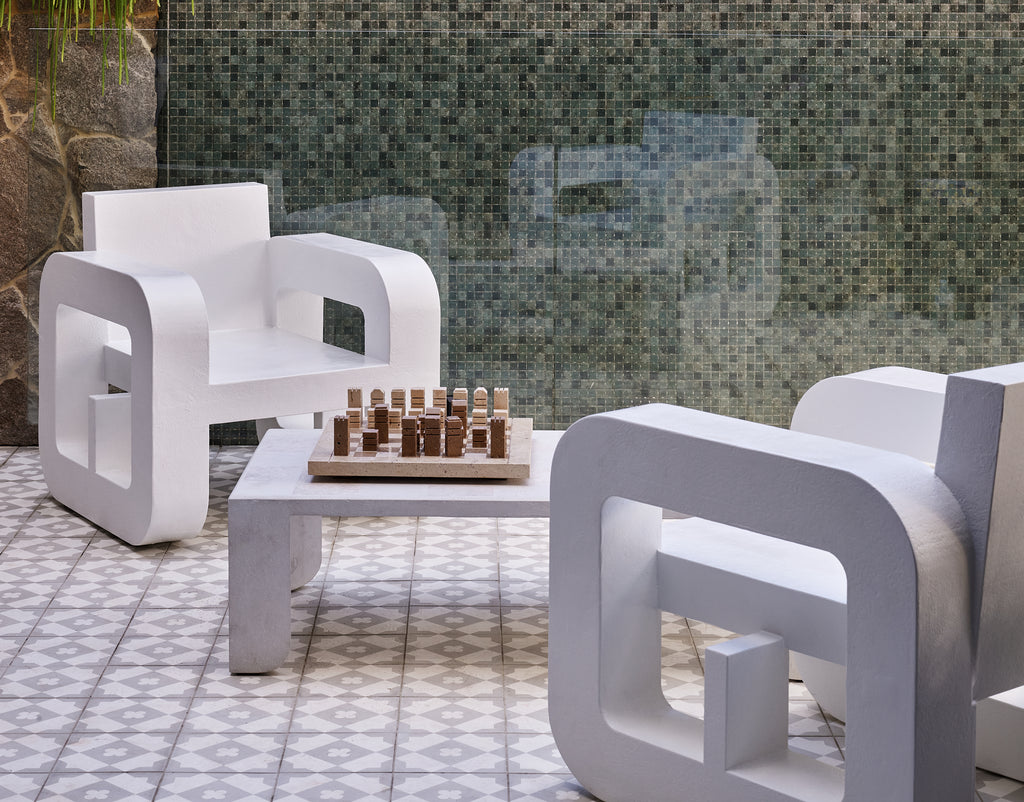
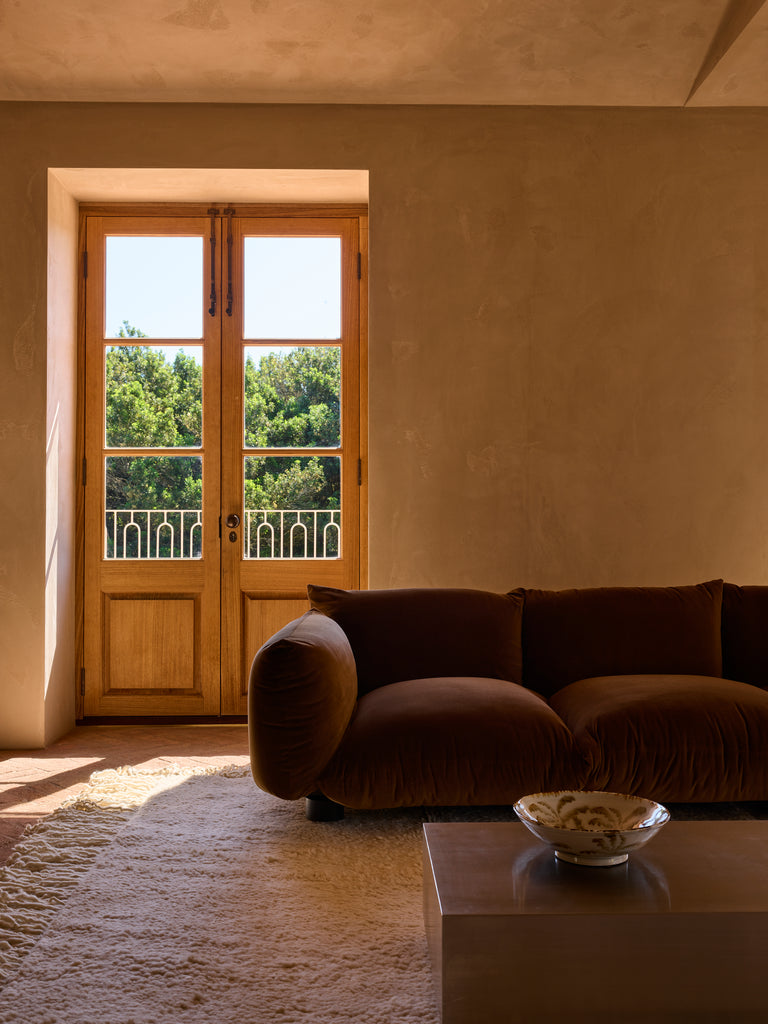
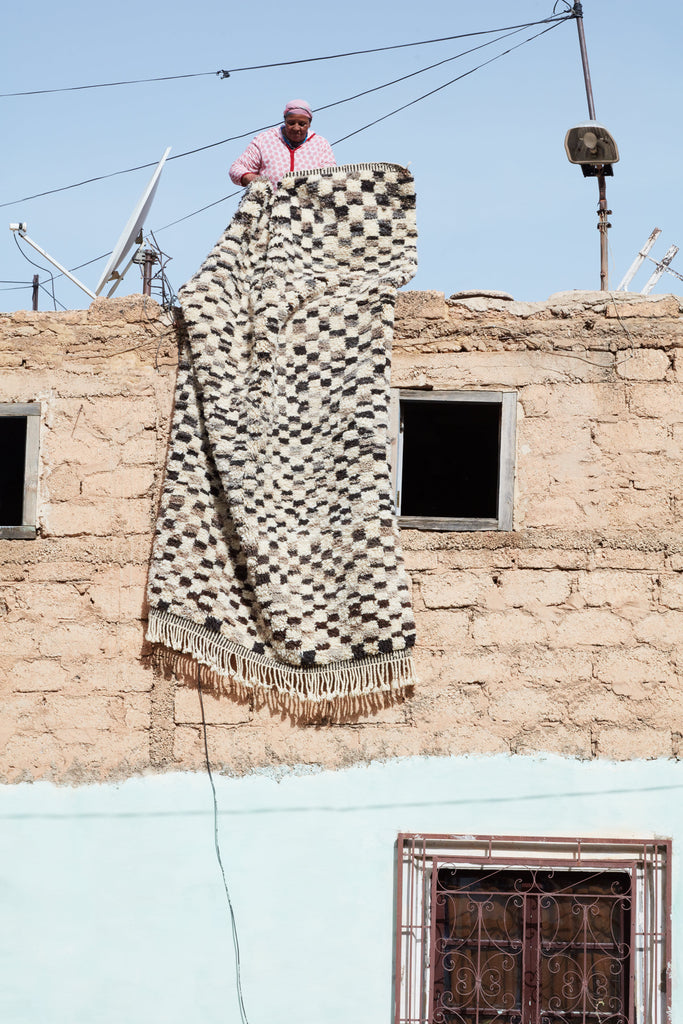





Comments
شركة سكاي نقل العفش said:
شركة سكاي لخدمات نقل العفش والاثاث بالمنطقة العربية السعودية نحن نوفر خدمات نقل اثاث بالرياض ونقل عفش بالمدينة المنورة ونقل عفش بمكة ونقل عفش بالطائف نحن نقدم افضل نقل اثاث بخميس مشيط ونقل عفش بجدة
https://treeads.net/ شركة سكاي نقل العفش
https://treeads.net/blog.html مدونة لنقل العفش
https://treeads.net/movers-mecca.html شركة نقل عفش بمكة
https://treeads.net/movers-riyadh-company.html شركة نقل عفش بالرياض
https://treeads.net/all-movers-madina.html شركة نقل عفش بالمدينة المنورة
https://treeads.net/movers-jeddah-company.html شركة نقل عفش بجدة
https://treeads.net/movers-taif.html شركة نقل عفش بالطائف
https://treeads.net/movers-dammam-company.html شركة نقل عفش بالدمام
https://treeads.net/movers-qatif.html شركة نقل عفش بالقطيف
https://treeads.net/movers-jubail.html شركة نقل عفش بالجبيل
https://treeads.net/movers-khobar.html شركة نقل عفش بالخبر
https://treeads.net/movers-ahsa.html شركة نقل عفش بالاحساء
https://treeads.net/movers-kharj.html شركة نقل عفش بالخرج
https://treeads.net/movers-khamis-mushait.html شركة نقل عفش بخميس مشيط
https://treeads.net/movers-abha.html شركة نقل عفش بابها
https://treeads.net/movers-qassim.html شركة نقل عفش بالقصيم
https://treeads.net/movers-yanbu.html شركة نقل عفش بينبع
https://treeads.net/movers-najran.html شركة نقل عفش بنجران
https://treeads.net/movers-hail.html شركة نقل عفش بحائل
https://treeads.net/movers-buraydah.html شركة نقل عفش ببريدة
https://treeads.net/movers-tabuk.html شركة نقل عفش بتبوك
https://treeads.net/movers-dhahran.html شركة نقل عفش بالظهران
https://treeads.net/movers-rabigh.html شركة نقل عفش برابغ
https://treeads.net/movers-baaha.html شركة نقل عفش بالباحه
https://treeads.net/movers-asseer.html شركة نقل عفش بعسير
https://treeads.net/movers-mgmaa.html شركة نقل عفش بالمجمعة
https://treeads.net/movers-sharora.html شركة نقل عفش بشرورة
https://treeads.net/how-movers-furniture-yanbu.html كيفية نقل العفش بينبع
https://treeads.net/price-movers-furniture-yanbu.html اسعار نقل عفش بينبع
https://treeads.net/find-company-transfer-furniture-yanbu.html البحث عن شركات نقل العفش بينبع
https://treeads.net/transfer-furniture-khamis-mushit.html شركات نقل العفش بخميس مشيط
https://treeads.net/how-transfer-furniture-khamis-mushit.html كيفية نقل العفش بخميس مشيط
https://treeads.net/price-transfer-furniture-khamis-mushit.html اسعار نقل عفش بخميس مشيط
https://treeads.net/%D8%B4%D8%B1%D9%83%D8%A9-%D8%AC%D9%84%D9%8A-%D8%A8%D9%84%D8%A7%D8%B7-%D8%A8%D8%AC%D8%AF%D8%A9.html شركة جلي بلاط بجدة
https://treeads.net/%D8%B4%D8%B1%D9%83%D8%A9-%D8%AA%D9%86%D8%B8%D9%8A%D9%81-%D9%81%D9%84%D9%84-%D8%A8%D8%AC%D8%AF%D8%A9.html تنظيف فلل بجدة
https://treeads.net/company-transfer-furniture-jazan.html شركة نقل عفش بجازان
https://treeads.net/best-company-cleaning-jeddah-2020.html افضل شركة تنظيف بجدة
October 22, 2025
شركة كيان لنقل العفش said:
شركة كيان لنقل العفش بالرياض والمدينة المنورة وجدة ومكة والطائف والدمام تقديم لكم دليل كامل لشركات نقل العفش بالمملكة العربية السعودية
https://mycanadafitness.com/ شركة كيان لنقل العفش
https://mycanadafitness.com/forum.html منتدي نقل العفش
https://mycanadafitness.com/movingfurnitureriyadh.html شركة نقل اثاث بالرياض
https://mycanadafitness.com/movingfurniturejaddah.html شركة نقل اثاث بجدة
https://mycanadafitness.com/movingfurnituremecca.html شركة نقل اثاث بمكة
https://mycanadafitness.com/movingfurnituretaif.html شركة نقل اثاث بالطائف
https://mycanadafitness.com/movingfurnituremadina.html شركة نقل اثاث بالمدينة المنورة
https://mycanadafitness.com/movingfurnituredammam.html شركة نقل اثاث بالدمام
https://mycanadafitness.com/movingfurniturekhobar.html شركة نقل اثاث بالخبر
https://mycanadafitness.com/movingfurnituredhahran.html شركة نقل اثاث بالظهران
https://mycanadafitness.com/movingfurniturejubail.html شركة نقل اثاث بالجبيل
https://mycanadafitness.com/movingfurnitureqatif.html شركة نقل اثاث بالقطيف
https://mycanadafitness.com/movingfurnitureahsa.html شركة نقل اثاث بالاحساء
https://mycanadafitness.com/movingfurniturekharj.html شركة نقل اثاث بالخرج
https://mycanadafitness.com/movingfurniturekhamismushit.html شركة نقل اثاث بخميس مشيط
https://mycanadafitness.com/movingfurnitureabha.html شركة نقل اثاث بابها
https://mycanadafitness.com/movingfurniturenajran.html شركة نقل اثاث بنجران
https://mycanadafitness.com/movingfurniturejazan.html شركة نقل اثاث بجازان
https://mycanadafitness.com/movingfurnitureasir.html شركة نقل اثاث بعسير
https://mycanadafitness.com/movingfurniturehail.html شركة نقل اثاث بحائل
https://mycanadafitness.com/movingfurnitureqassim.html شركة نقل عفش بالقصيم
https://mycanadafitness.com/movingfurnitureyanbu.html شركة نقل اثاث بينبع
https://mycanadafitness.com/movingfurnitureburaidah.html شركة نقل عفش ببريدة
https://mycanadafitness.com/movingfurniturehafralbatin.html شركة نقل عفش بحفر الباطن
https://mycanadafitness.com/movingfurniturerabigh.html شركة نقل عفش برابغ
https://mycanadafitness.com/movingfurnituretabuk.html شركة نقل عفش بتبوك
https://mycanadafitness.com/movingfurnitureasfan.html شركة نقل عفش بعسفان
https://mycanadafitness.com/movingfurnituresharora.html شركة نقل عفش بشرورة
https://mycanadafitness.com/companis-moving-riyadh.html شركات نقل العفش بالرياض
https://mycanadafitness.com/cars-moving-riyadh.html سيارات نقل العفش بالرياض
https://mycanadafitness.com/company-number-moving-riyadh.html ارقام شركات نقل العفش بالرياض
https://mycanadafitness.com/company-moving-jeddah.html شركات نقل العفش بجدة
https://mycanadafitness.com/price-moving-jeddah.html اسعار نقل العفش بجدة
https://mycanadafitness.com/company-moving-mecca.html شركات نقل العفش بمكة
October 22, 2025
شركة الصقر الدولي ارخص شركات نقل عفش said:
https://www.atar-almadinah.com/%D8%B4%D8%B1%D9%83%D8%A9-%D8%AA%D8%AE%D8%B2%D9%8A%D9%86-%D8%B9%D9%81%D8%B4-%D8%A8%D8%A7%D8%A8%D9%87%D8%A7.html
https://www.atar-almadinah.com/%D8%B4%D8%B1%D9%83%D8%A9-%D8%AA%D8%BA%D9%84%D9%8A%D9%81-%D8%A7%D9%84%D8%B9%D9%81%D8%B4-%D8%A8%D8%A7%D8%A8%D9%87%D8%A7.html
https://www.atar-almadinah.com/%D8%B4%D8%B1%D9%83%D8%A9-%D8%AA%D8%BA%D9%84%D9%8A%D9%81-%D8%A7%D8%AB%D8%A7%D8%AB-%D8%A8%D8%A7%D9%84%D8%B1%D9%8A%D8%A7%D8%B6.html
https://www.atar-almadinah.com/%D8%B4%D8%B1%D9%83%D8%A9-%D8%A7%D9%84%D8%B5%D9%81%D8%B1%D8%A7%D8%AA-%D9%84%D9%86%D9%82%D9%84-%D8%A7%D9%84%D8%B9%D9%81%D8%B4-%D8%A8%D8%A7%D9%84%D8%B1%D9%8A%D8%A7%D8%B6.html
https://www.atar-almadinah.com/%D8%B4%D8%B1%D9%83%D8%A9-%D9%86%D9%82%D9%84-%D8%B9%D9%81%D8%B4-%D8%A8%D8%A7%D8%AD%D8%AF-%D8%B1%D9%81%D9%8A%D8%AF%D8%A9.html
https://www.atar-almadinah.com/%D8%A7%D8%B1%D8%AE%D8%B5-%D8%B4%D8%B1%D9%83%D8%A7%D8%AA-%D9%86%D9%82%D9%84-%D8%B9%D9%81%D8%B4-%D8%A8%D9%8A%D9%86-%D8%A7%D9%84%D9%85%D8%AF%D9%86.html
October 22, 2025
شركة تنظيف فلل بالجبيل said:
شركة مكافحة حشرات بالجبيل وكذلك شركة كشف تسربات المياه بالجبيل وتنظيف خزانات وتنظيف الموكيت والسجاد والكنب والشقق والمنازل بالجبيل وتنظيف الخزانات بالجبيل وتنظيف المساجد بالجبيل شركة تنظيف بالجبيل تنظيف المسابح بالجبيل
https://jumperads.com/jubail/anti-insects-company-jubail.html شركة مكافحة حشرات بالجبيل
https://jumperads.com/jubail/water-leaks-detection-company-jubail.html شركة كشف تسربات بالجبيل
https://jumperads.com/jubail/jubail-company-surfaces.html شركة عزل اسطح بالجبيل
https://jumperads.com/jubail/jubail-company-sewage.html شركة تسليك مجاري بالجبيل
https://jumperads.com/jubail/jubail-cleaning-company-sofa.html شركة تنظيف كنب بالجبيل
https://jumperads.com/jubail/jubail-cleaning-company-mosques.html شركة تنظيف مساجد بالجبيل
https://jumperads.com/jubail/jubail-cleaning-company-Carpet.html شركة تنظيف سجاد بالجبيل
https://jumperads.com/jubail/jubail-cleaning-company-tanks.html شركة تنظيف خزانات بالجبيل
https://jumperads.com/jubail/jubail-cleaning-company-swimming-bath.html شركة تنظيف وصيانة مسابح بالجبيل
https://jumperads.com/jubail/jubail-cleaning-company-Furniture.html شركة تنظيف الاثاث بالجبيل
https://jumperads.com/jubail/jubail-cleaning-company-home.html شركة تنظيف شقق بالجبيل
https://jumperads.com/jubail/jubail-cleaning-company-Carpets.html شركة تنظيف موكيت بالجبيل
https://jumperads.com/jubail/jubail-cleaning-company.html شركة تنظيف مجالس بالجبيل
https://jumperads.com/jubail/jubail-cleaning-company-house.html شركة تنظيف منازل بالجبيل
https://jumperads.com/jubail/jubail-cleaning-company-curtains.html شركة تنظيف ستائر بالجبيل
https://jumperads.com/jubail/jubail-cleaning-company-Villas.html شركة تنظيف فلل بالجبيل
https://jumperads.com/jubail/jubail-company-tile.html شركة جلي بلاط بالجبيل
October 22, 2025
أفضل شركات نقل اثاث بمكة said:
https://disqus.com/by/disqus_HFolYHnmNp/about/
https://myspace.com/mecca4
https://www.magcloud.com/account
https://sketchfab.com/Mecca4
https://www.hackerearth.com/mzza324/ https://www.gta5-mods.com/users/companies1111 https://triberr.com/Mecca4 https://www.custommagnums.com/members/mecca.172154/ https://audiomack.com/mecca-119 https://pastebin.com/u/Mecca112 https://profiles.delphiforums.com/n/pfx/profile.aspx?nav=profile&webtag=dfpprofile000&userId=1891257551 https://app.giveffect.com/users/1608514-mecca https://www.divephotoguide.com/user/Mecca4 https://letterboxd.com/companies1111/ https://www.mightycause.com/profile/bduhbf https://www.ted.com/profiles/49546578 https://lichess.org/account/profile https://www.indiegogo.com/individuals/38619585 https://talk.plesk.com/members/mecca.428242/#about https://hashnode.com/Mecca4
https://www.mobafire.com/profile/mecca-1199210?profilepage
https://myanimelist.net/profile/Yanbu
https://www.designspiration.com/mzza324/saves/
https://spinninrecords.com/profile
https://www.instructables.com/member/Mecca4/?cb=1751001772974
https://mastodon.social/@Mecca4
https://scioly.org/forums/memberlist.php?mode=viewprofile&u=158754
https://qiita.com/Mecca
https://www.ezistreet.com/profile/mecca/about
October 22, 2025